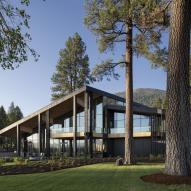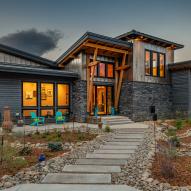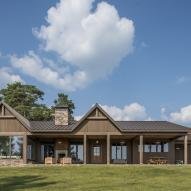Reclaimed Teak – Voyaging through time
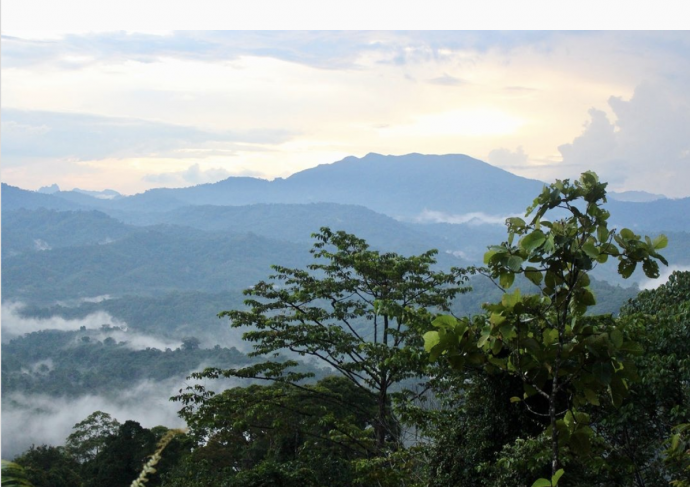
Imagine a steamy, old growth forest in a wild, uncharted mountain valley of Indonesia circa 1620. Dutch colonial shipbuilders and their teams of craftsmen hacking through thick, tropical jungle bush searching for just the right old growth Teak trees to build a ship impervious to water, wear and the passage of time. These shipwrights would have found massive hundred-year-old trees, covered with fragrant, delicate white flowers, and large fuzzy green leaves. Once the trees were harvested, removed from the dense forest floor and the building process began, the fresh cut yellow hues of the aromatic timbers would begin to slowly transform to rich tobacco brown patters of both dark and lightly colored swirls. Once completed, these ships would be used by generations of merchants, fishermen, and travelers circling the world’s oceans and eventually, after a long life at sea, find their way to us to be repurposed and reimaged and then start their new journey as part of your home.
As a building material, Teak speaks to us of far-off exotic islands, deep history and ancient cultures. Long prized for its durability, water resistance and material lifespan for not only shipbuilding but also for use in homes, industrial buildings, bridges, decking, and furniture. It is not uncommon in South-East Asia to find teak used in centuries old temples that have been in continuous use for upwards of eight hundred years, so as a building material its longevity is as legendary as its versatility.
While Teak has been used in Indonesian construction and shipbuilding throughout history, it was never as sought after or industrialized in its harvesting until the Dutch began to colonize the region in the late 1590’s with the arrival of Cornelius de Houtman’s first expedition into the area. Throughout the era of the Dutch colonial empire, Indonesia played a vital strategic role as well as a main shipping hub for the massive, government directed, Dutch East India Company also known as Vereenigde Oost-IndischeCompagnie or V.O.C, the world’s first mega-corporation which is still believed to be the largest company to have ever existed. The Dutch ruled and or had influence over the region from the foundation of the Dutch East India Company in 1602 up until 1949 when Indonesia finally gained its independence from foreign rule.
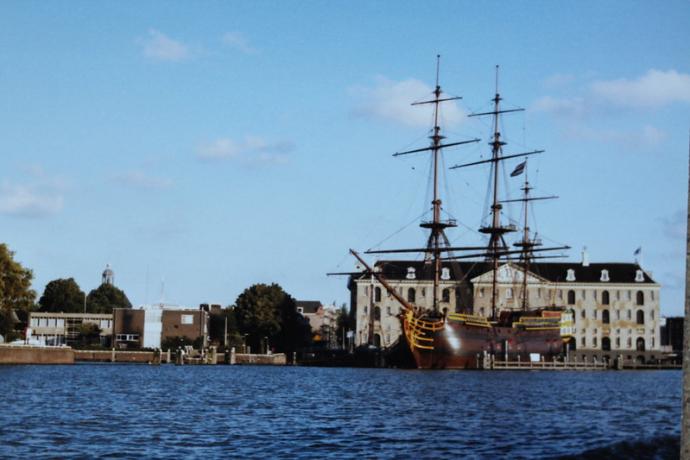
One of the many resources the Dutch prized in their conquest of Indonesia was Teak. With their vast seafaring, shipping, and Naval needs, the Dutch found an invaluable resource and strategic advantage in the use of old-growth Teak to build their ships as well as bridges and colonial buildings for export of spices and textiles, warehouses for storage of goods, governmental operations, and housing. As a resource Teak allowed the Dutch to build better, longer lasting ships as well as decomposition resistant infrastructure support buildings throughout the tropics, enabling them to support their empirical expansion and many trade and land wars over their nearly four-hundred-year era as a colonial world power.
As the Dutch empire faded and the post-WWII era began with an independent Indonesia, the region was left with many outdated colonial buildings, shipping ports, factories, schools, and now abandoned houses left behind by the Dutch with no-one to use or maintain the structures. When these building began to be slated for demolition as Indonesia began to define its own future, a new local industry began to emerge with the reclamation of Teak from these structures.
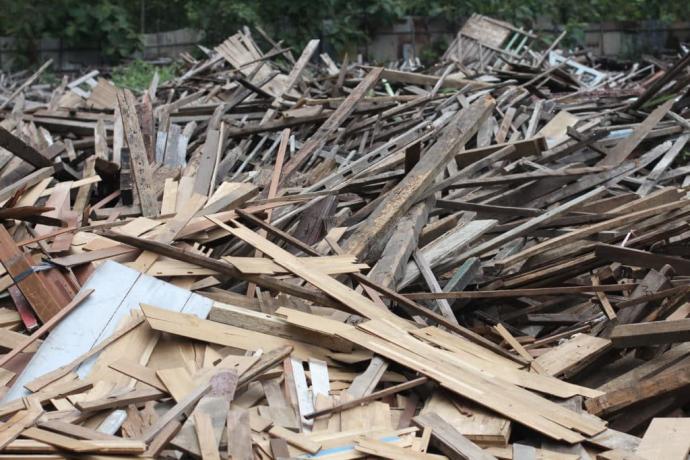
At first as these boats, buildings and other structures were being torn down and disassembled the timbers would be taken to landfills and left to rot, but local entrepreneurs quickly realized that they were missing an opportunity with the old-growth Teak that was going to waste. Teak as a material for modern high-end building components, flooring, decking, siding, and furniture has been in demand throughout much of the 1900’s and into the 2000’s and as a result an industry of quick farmed Teak has risen to meet global manufacturing demands, but this has proven to be problematic in a number of ways.
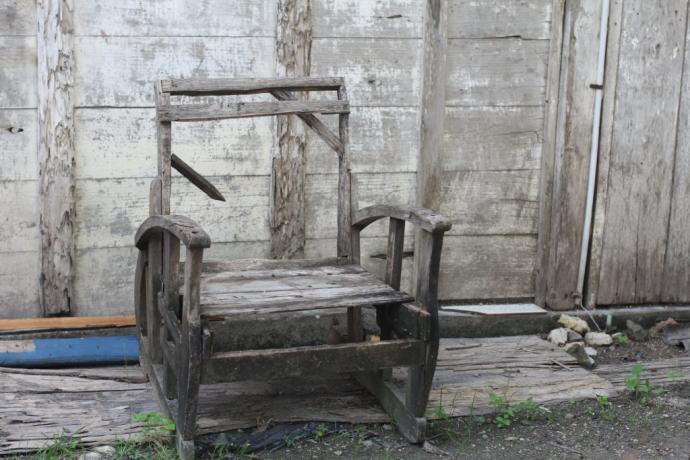
Plantation grown Teak is quicky harvested and is greener, softer and weaker than the old-growth Teak used by the Dutch. To make matters worse, countries like Myanmar (formerly Burma) where many of the new Teak plantations exist have a track record of human rights violations and unsustainable farming and logging practices. Old-growth Teak forests are also extremely rare, so harvesting of living old-growth Teak is widely prohibited or protected. The old-growth Teak that is still harvested in parts of the world is done so unsustainably and in most cases is a contributing factor to deforestation in the area.
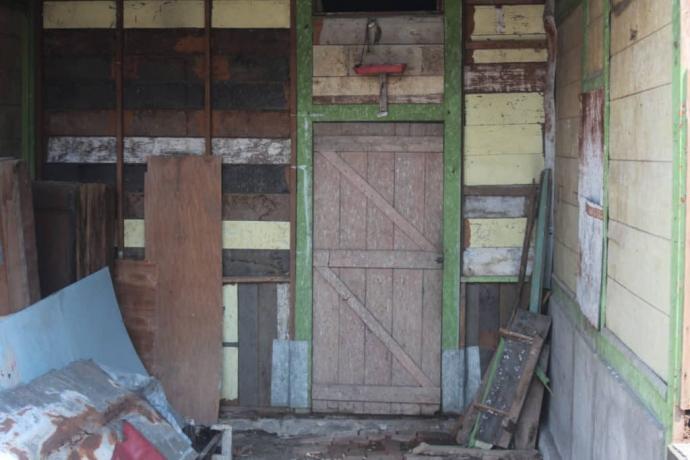
Fortunately, the modern reclaiming and repurposing of the Teak left behind by Dutch colonialism in the buildings that still remain in Indonesia is a sustainable green practice, done so ethically and with close attention paid to the human cost of the process. Reclaimed Teak products can be FSC Chain-of-Custody certified to ensures that every step of the reclamation process is verified and traceable to its source, giving new life to the old timbers as well as much-needed income to the people of Indonesia.
Choosing Teak as a material for your next project is making a choice to be different, to present an image of worldly sophistication and choosing responsibly sourced and sustainably reclaimed Teak says something more, it says that you care. Our reclaimed Teak is non-Burmese in origin and recycled only from existing structures throughout Indonesia. We also give back a percentage of every Teak sale by donating to the Borneo Project whose mission is to end the habitat loss of the indigenous people of Indonesia through community-led efforts to prevent deforestation, create sustainable livelihoods, and support human rights initiatives in Malaysian Borneo.
For more information visit: The Borneo Project


